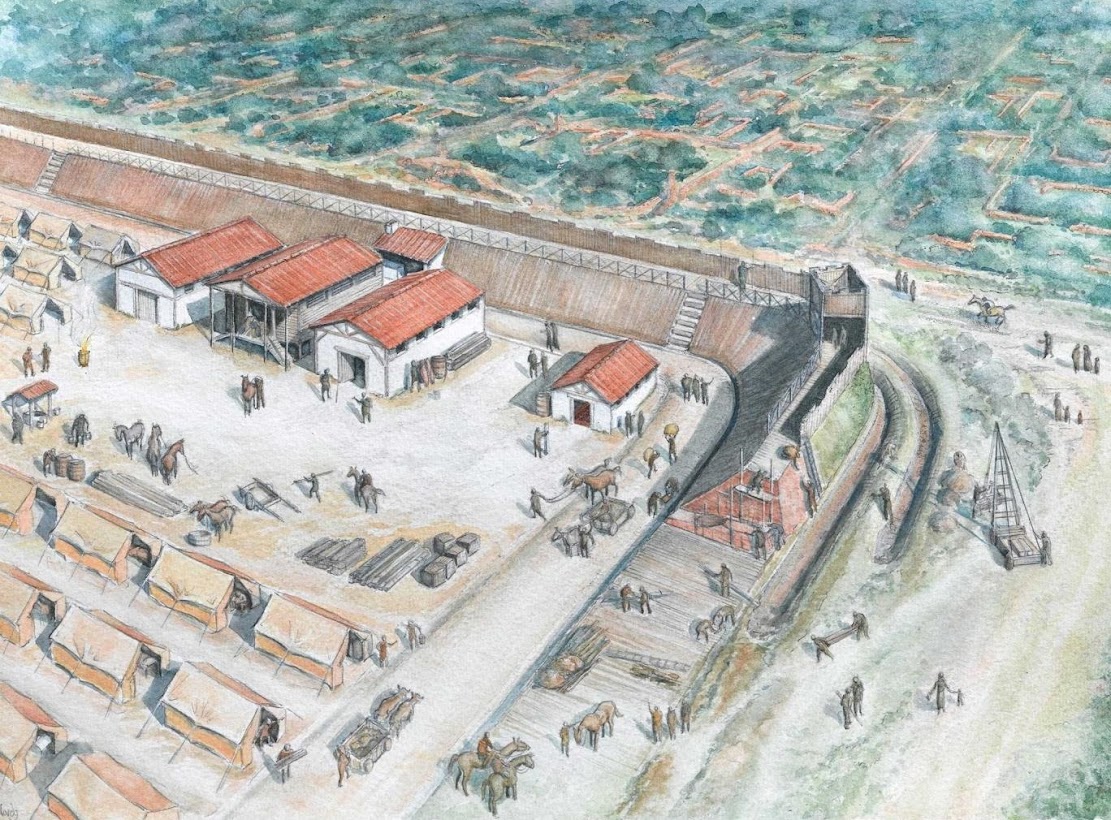-

Space Exploration: Mars' surface revealed in unprecedented detail
-

Travel: 'Stonehenge: A Hidden Landscape' at MAMUZ Museum Mistelbach, Austria
-

Jordan: Drone offers glimpse of looting at Jordanian site
-

UK: Roman fort built in response to Boudicca’s revolt discovered in London
-

Palaeontology: Fossil of 425-million-year-old parasite found intact with its host
-

Oceans: Rising carbon dioxide levels stunt sea shell growth
-

Breaking News: Solar storms trigger Jupiter's 'Northern Lights'
-

Breaking News: Cosmic beacons reveal the Milky Way's ancient core
-

Genetics: A 100-million-year partnership on the brink of extinction
-

Europe: Skeletal marker of physiological stress might indicate good, rather than poor, health
-

Turkmenistan: 'Court and Cosmos: The Great Age of the Seljuqs' at the Metropolitan Museum New York










